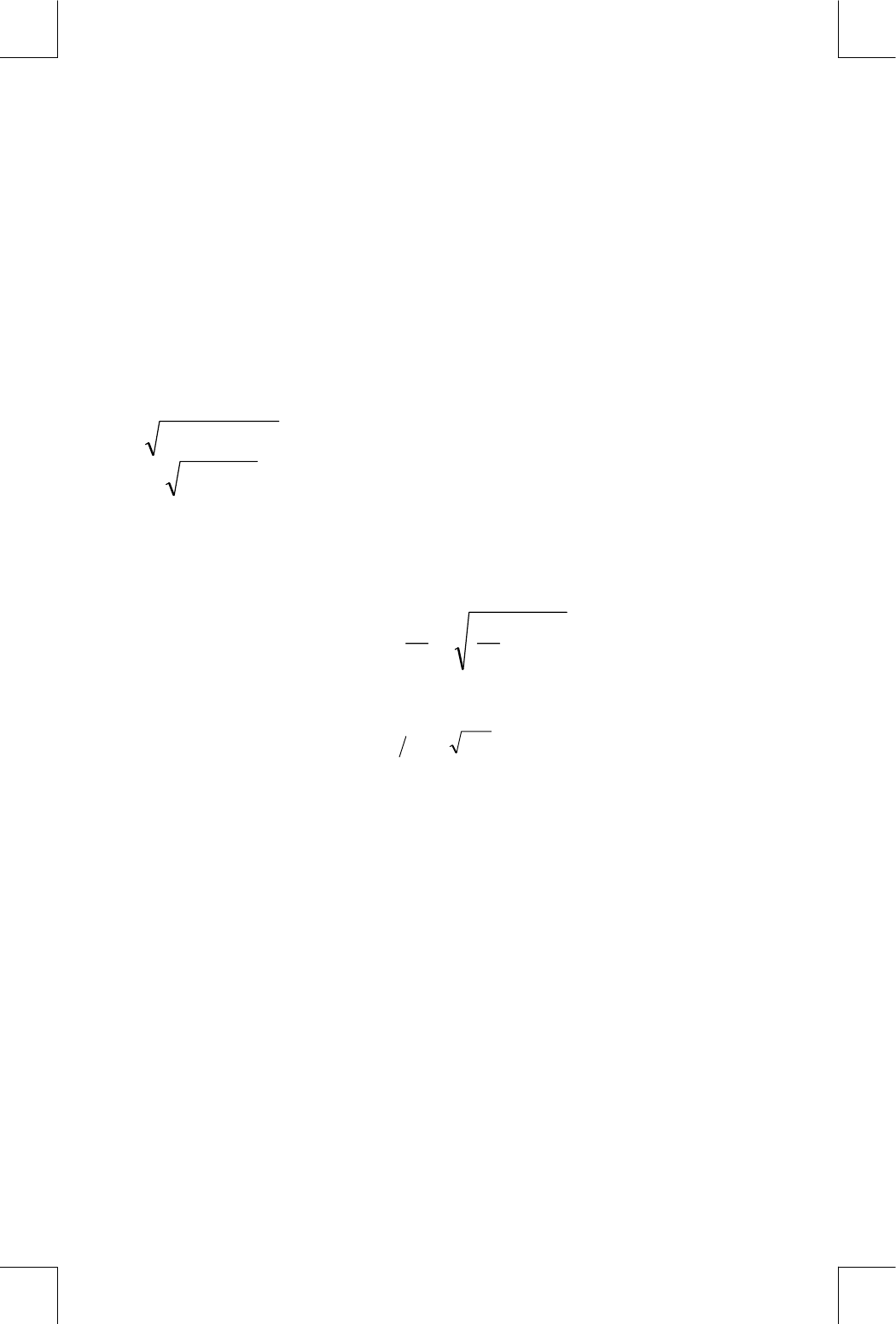
Mathematics Programs 15–21
File name 32sii-Manual-E-0424
Printed Date : 2003/4/24 Size : 17.7 x 25.2 cm
b
0
= a
0
(4a
2
– a
3
2
) – a
1
2
.
Let y
0
be the largest real root of the above cubic. Then the fourth–order
polynomial is reduced to two quadratic polynomials:
x
2
+ (J + L)
×
+ (K + M) = 0
x
2
+ (J – L)x + (K – M) = 0
where J = a
3
/2
K = y
0
/2
L =
02
2
y
aJ
+−
×
(the sign of JK – a
1
/2)
M =
2
2
aK
−
Roots of the fourth degree polynomial are found by solving these two
quadratic polynomials.
A quadratic equation x
2
+ a
1
x + a
0
= 0 is solved by the formula
0
2
11
2,1
)
2
(
2
a
aa
x
−±−=
If the discriminant d = (a
1
/2)
2
– a
o
≥
0, the roots are real; if d
<
0, the roots
are complex, being
diaivu
−±−=±
)2(
1
.
Program Listing:
Program Lines: Description
Defines the beginning of the polynomial root finder
routine.
"!
Prompts for and stores the order of the polynomial.
!
L
Uses order as loop counter.
Checksum and length: 699F 004.5
Starts prompting routine.
"!1L2
Prompts for a coefficient.
L
Counts down the input loop.
!
Repeats until done.
!
L
Uses order to select root finding routine.





















